Part 3
In this third blog post about the “Doposcuola Quarticciolo” and my involvement in it, I’d like to talk about the pedagogical approach used, and the differences between education in a formal and informal setting.

In Italy, schools are considered to adopt a traditional “transmissive” education model, where teachers often give typical “lecture” classes, bringing attention to the memorization of theoretical notions. Hours and disciplines are structurally divided, and learning often only happens in the classroom setting.
In terms of school success, in Italy around 14% of students abandon their studies after lower secondary education (ISTAT 2011). According to a report conducted by the S. Egidio association, during the pandemic, one child in three risks abandoning their studies for difficulties generated by the health crisis. In the neighbourhood of Quarticciolo, specifically, the percentages of school drop-out are three times as high as nearby peripheral neighborhoods in Rome.
Schools as the cause or solution to student’s learning failure?
Schools are important places where people’s social mobility is enhanced, providing students with the necessary skills to find a place in the labour market. This “instrumental” view of education is contrasted by another critical thought, which sees schools as places where social inequalities are often reproduced. Critical sociologists of education – such as P. Bourdieu or B. Bernstein – believe that schools, like other institutions, privilege certain social groups over others and reproduce their position in terms of social and cultural advantage. According to this view, schools reflect the cultural and social norms of “middle-class” families. This means that those who do not fit in such expected ways of behaving and talking, have less chance to develop opportunities and experience more difficulties to succeed compared to their wealthier counterparts.
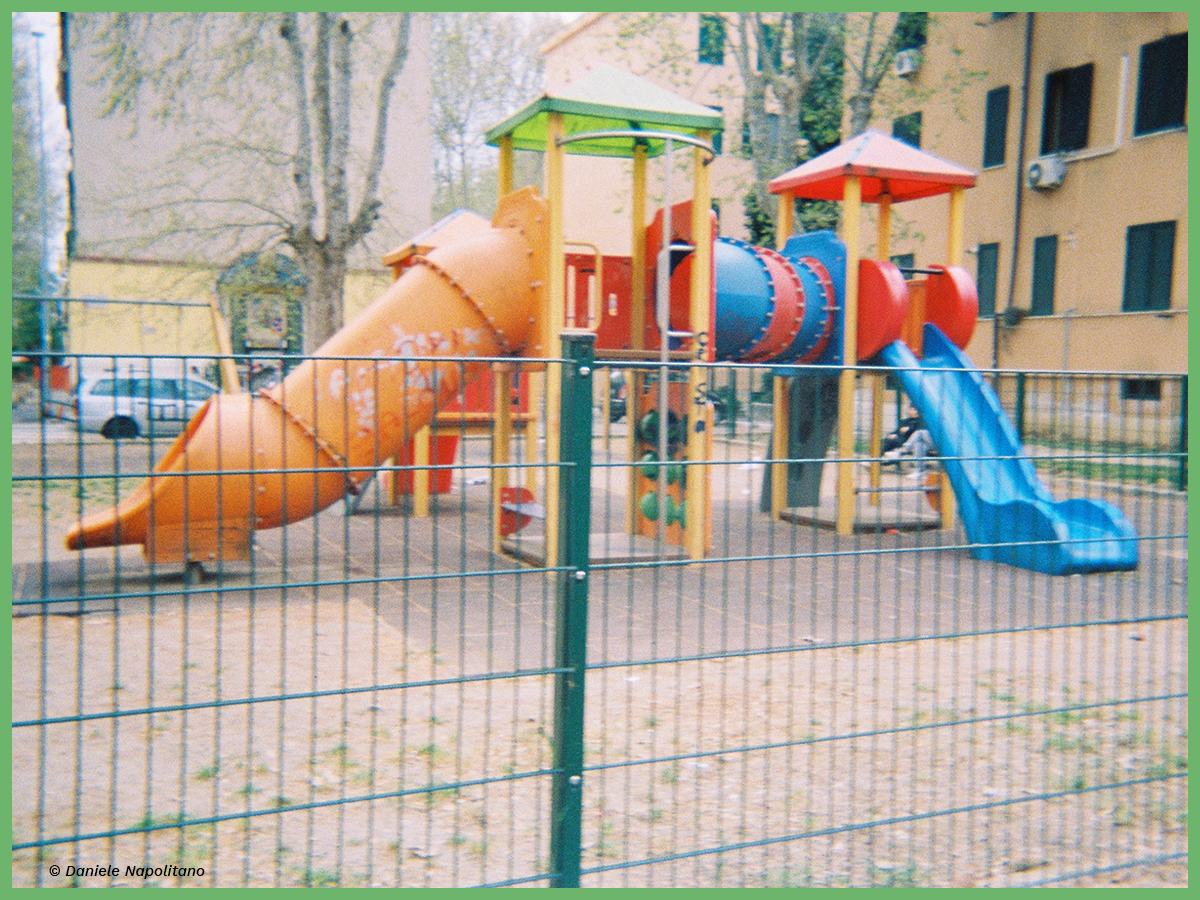
In vulnerable disadvantaged contexts in particular, students are negatively portrayed by teachers, and their attitudes and learning achievements are judged based on low expectations. Teachers tend to have low expectations about the future careers and learning achievements of students who come from poorer backgrounds, and attach negative stigmas to them. In a sort of “self fulfilling prophecy,” low expectations lead to low achievement levels, generating a cycle from which it is difficult to escape. School failure is considered related to discipline, behavioural problems and low motivation of the individual student, and is often thought to be not actually influenced by the social relations and power dynamics, which are hidden underneath. Studies also show that a student’s sense of belonging to the school, and the level of trust teachers have in students, influence students’ learning achievement.
As a response to these issues, child-centered pedagogists (such as J. Piaget, or J. Dewey) believe the student and his/her experiences should be put at the center of the educational relationship, and that teachers are “facilitators” of students’ learning; learning is in this sense “constructed” together by teachers and students. Popular pedagogists such as C. Freinet point out the need to enhance cooperation and practical experiences, in contact with the external reality outside of a school setting.
A “democratic” and popular education is politically and socially engaged, aimed at making people aware of the situation they are living in. The Brazilian pedagogist P. Freire theorized that the formal education system pushes towards a “banking” education model, where students are passively filled with notions, in hierarchical and unequal relationships with the teacher. He argues that education should on the contrary be based on dialogue, where those at the margins of society develop an awareness about their own experiences and take action to transform them.
Accordingly, the emancipatory potential of education varies if schools look for connections between topics, where the student is the active protagonist of his/her learning process, or whether instead they divide disciplines each in its own box and where students are passive recipients of what they should learn.
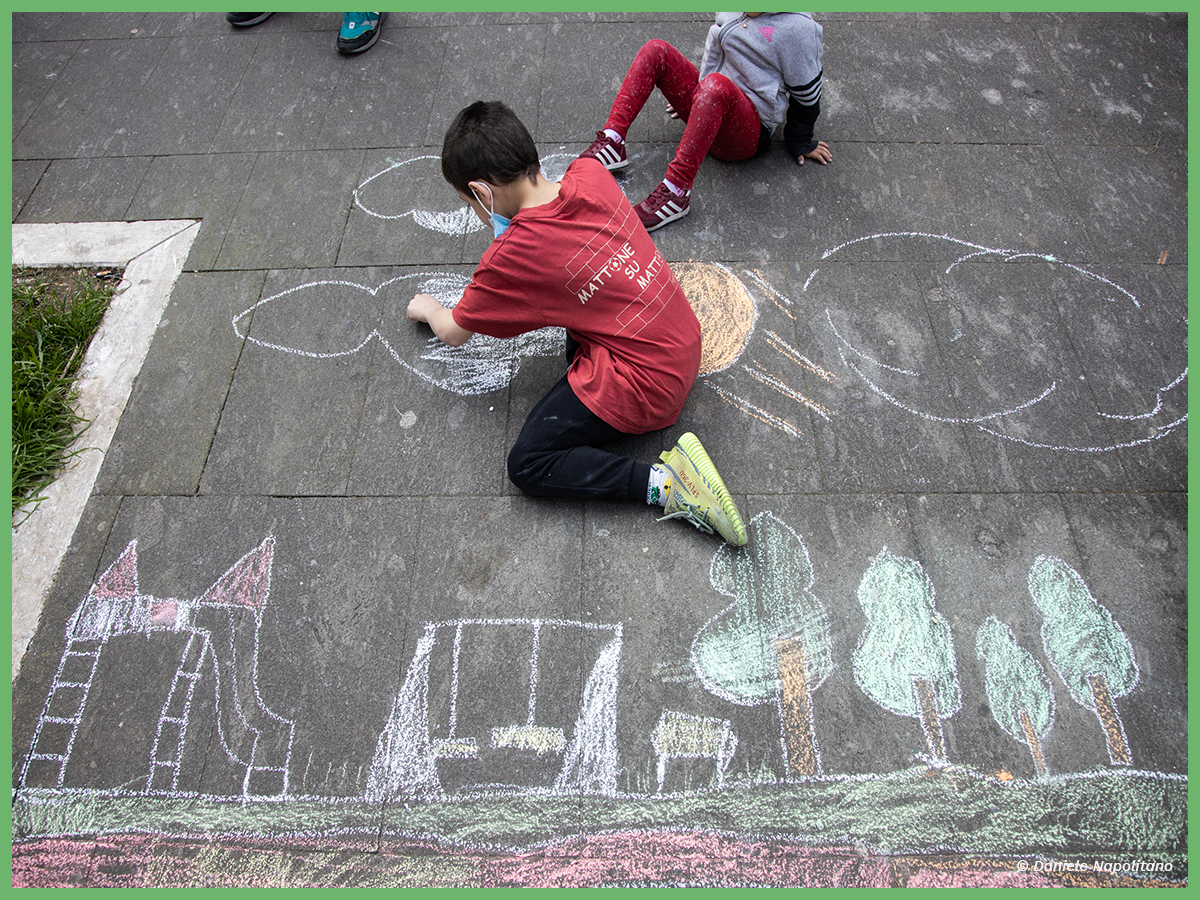
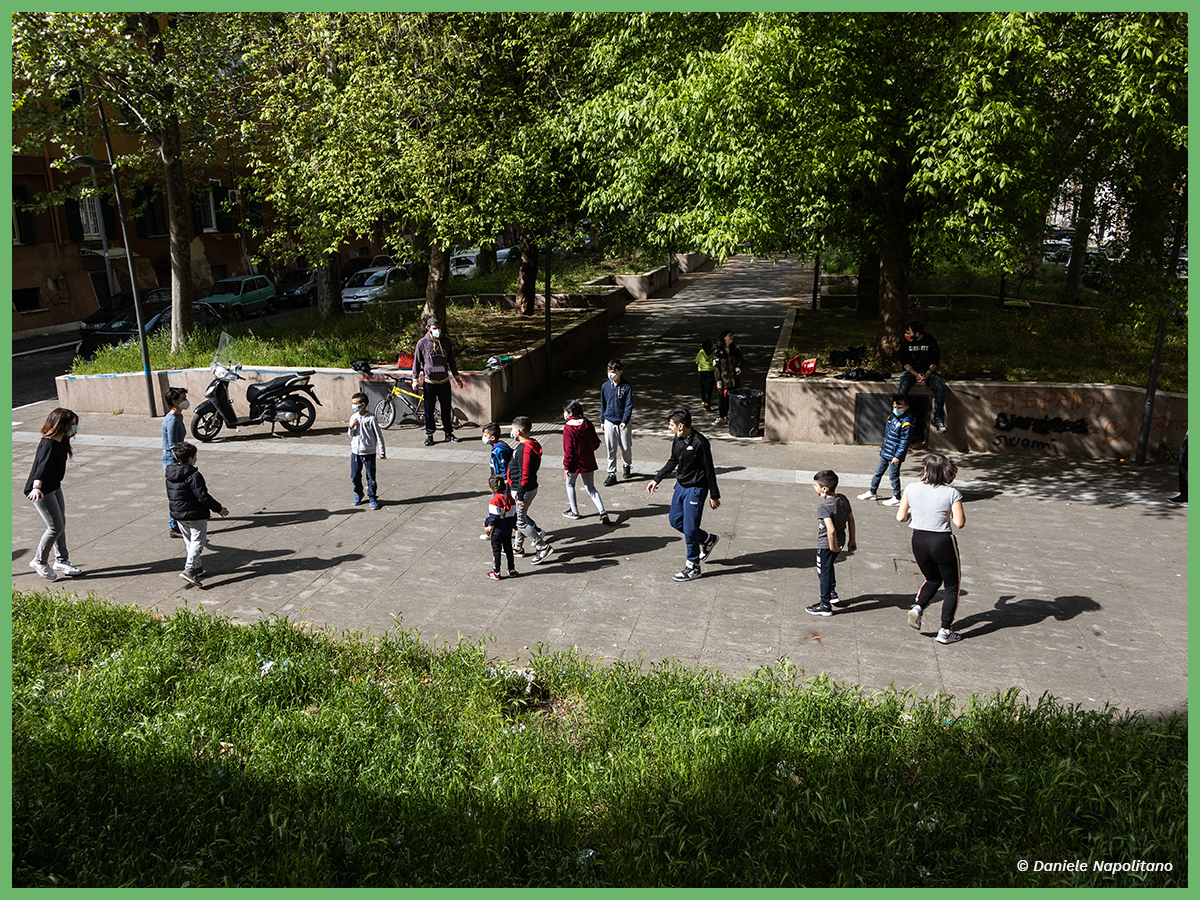
What pedagogical approach does the Doposcuola Quarticciolo project adopt?
As “Doposcuola Quarticciolo” we resonate with a constructivist, critical and engaged approach to education. We engage in a horizontal relationship with the children: the division between educators and those who are educated disappears. We are attentive to children’s own stories, personal journeys and emotions. We try to develop a trusting relationship where it is a safe environment for children to open up. This means we often engage in personal stories and deal with uncomfortable emotions such as stress or demotivation.
In addition, we try to balance the theory with the practice, and to give more weight to the “learning by doing” process, experiencing and learning upon situations together. We engage in numerous creative workshops, games and practical laboratories; these activities also enhance student’s non-cognitive capacities, such as motivation, resilience, confidence and team-work.
While engaging in homework activities, we relate them to situations happening in their own lives and social environment. For instance, while studying the ancient Romans, we draw similarities with the societal structures in place nowadays.
Students are the protagonists of their own experiences and environments. In the workshop where we mapped out the “neighbourhood of your dreams,” we first walked through the neighbourhood with the children, asking them questions about the meaning the places had for them. We listened to their stories in those places, their memories and thoughts. We followed by drawing and photographing the places that surrounded us; each student had a disposable camera and had the opportunity to tell, through their own lenses, how they saw their home and surroundings. When we sat in a circle thinking about how we’d like to make the neighbourhood more beautiful, many ideas came up, from having a swimming pool or a football field, to planting more flowers, or having more grocery shops. This participatory exercise has an impact on the capacities to talk about themselves. Aware of their surroundings, children become active citizens who understand where they come from and enhance their possibilities in such an environment.
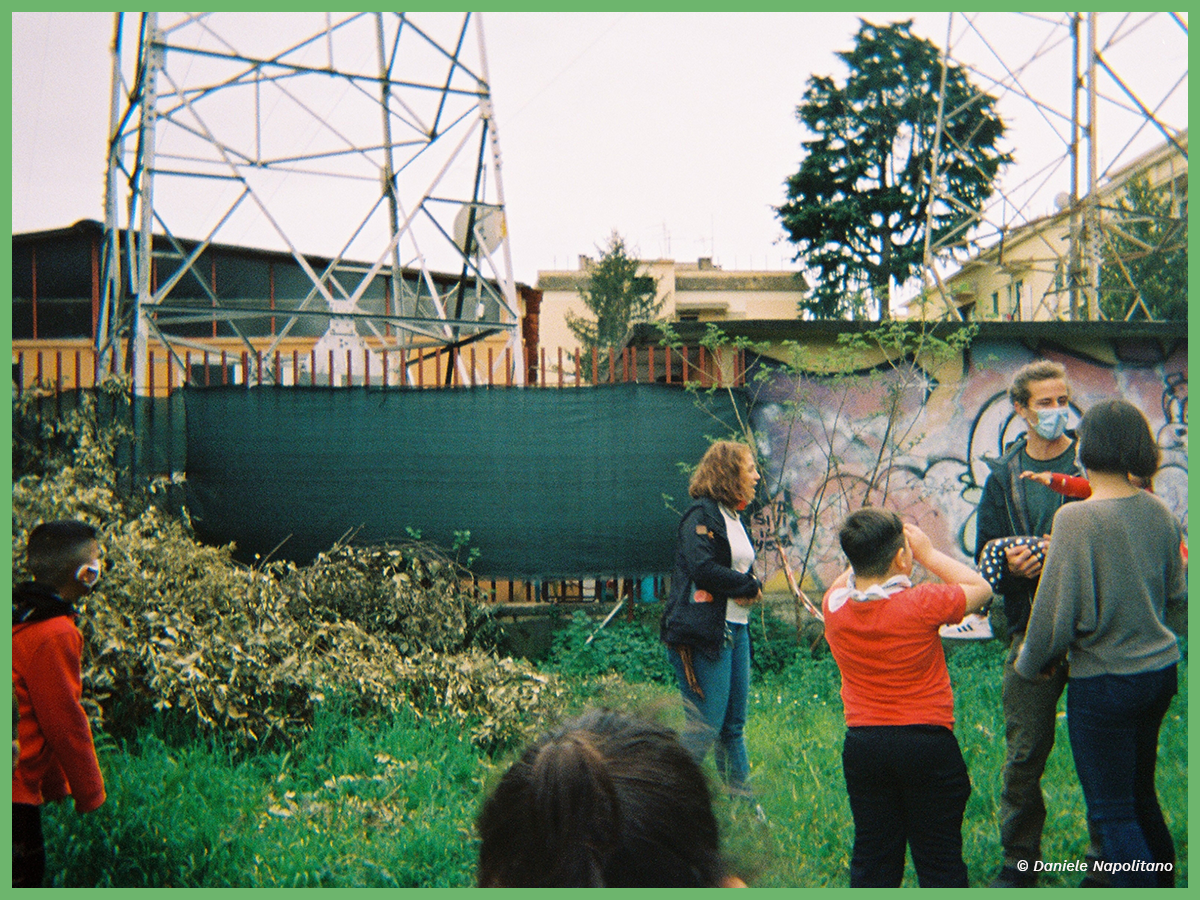
It is also Important for us to ask the children continuous questions, to look critically at ourselves and answer uneasy questions they bring to us. In our activities there are no divisions between ages or groups and learning happens in diverse spaces: we draw sitting on the floor, do exploratory walks outside, trying to break that wall and linearity that often characterizes the formal, more traditional learning experience.
To conclude, it is true there is no single education model which works best everywhere; however, in the context we operate in, a critical and engaged education offers the necessary stimuluses’ and provides a positive and healthy learning environment for youngsters. We should in fact be aware of the effects of the different pedagogical and curricular styles on the different social groups, understanding their limits and possibilities in order to reduce class inequalities and offer all students the same learning opportunities.
Laura

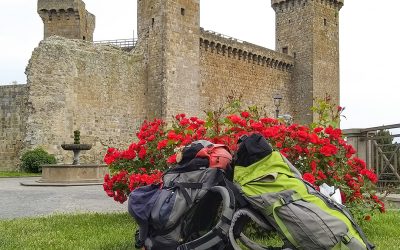
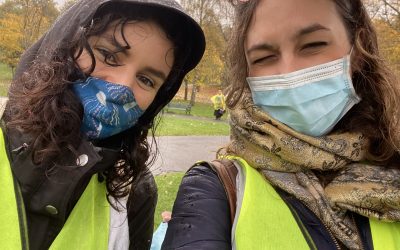

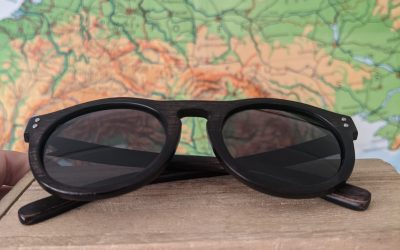



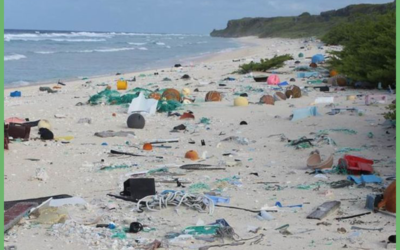

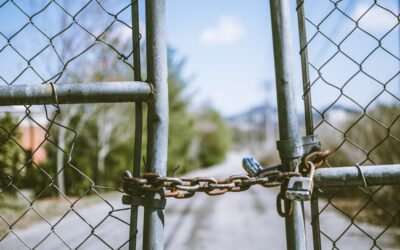

0 commentaires